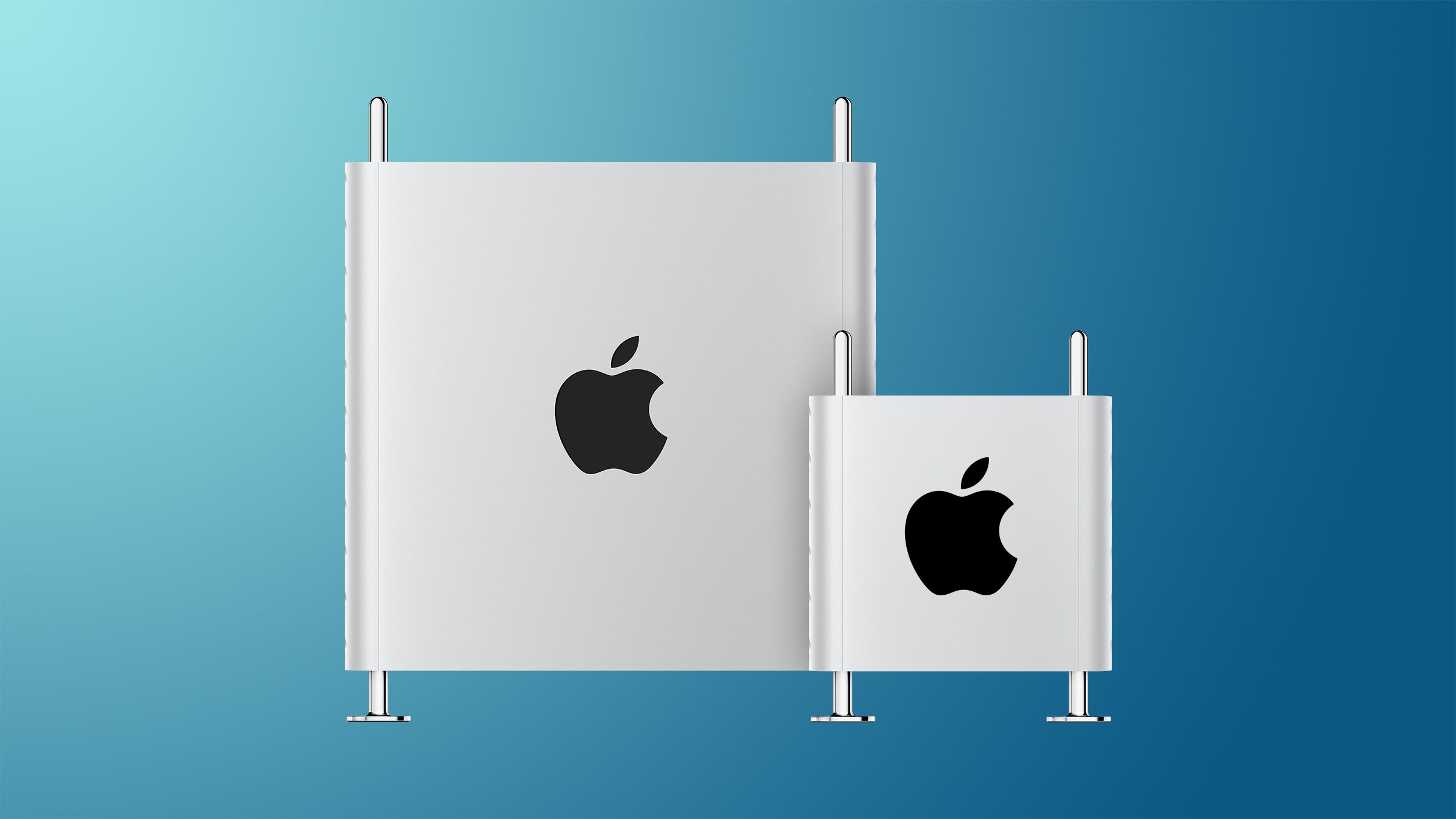The MP8,1 is likely to happen before the end of 2022.
It will use the best of what Apple makes in the M-line.
The bigger question is going to be how Apple is going to go from a SOC to an expandable (and hence much more discreet) system.
Right now the M1 is the very low end of what they'll sell, it outperforms just about anything in its class at a much lower thermal allowance.
The thermal budget in the current MP7,1 would allow for insane amounts of performance in its enclosure. And that offers a huge promise and hope.
Yet there are issues Apple's engineering will have to solve before you can go from that SOC based system to a modular MP8,1 most in these forums would like to see happen.
About the expandability:
- PCIe (whatever version) ... big unknown if and how they'll handle it and we're unlikely to learn how they plan on dealing with it till they release the next MP - remember there's even in the current intel based mac lineup not a single other mac but the MP7,1 that has any PCIe slot.
- RAM: the M1 has its RAM in the same package as the CPU, GPU, neural engine, etc. (essentially: *everything* is in the same chip) and is hence completely impossible to upgrade for any user. The very high possible RAM amounts the MP7,1 supports in its highest configurations are rather difficult to attain in a SOC setting (all 12 RAM modules, all their storage into one SOC ... not likely to become a product).
Yet: that single chip and unified RAM are rather at the core of the Apple Silicon design. So changing that and/or allowing for those needing really huge amounts of RAM is hard to predict how they'll chose to solve it.
- GPUs: The M1 machines rely on the GPU and the rest of the CPU/ ML engine etc. to have access to the same RAM. So much so that the external enclosures connected via TB3 with a PCIe based GPU in it are no longer supported in Big Sur on the M1 based machines. Yet separate GPUs with their own RAM in the MPX modules are a base characteristic of the MP7,1. So Apple is at least going to have to look at how modular/expandable they can make the GPU without having that unified RAM setup they have now.
This all might lead to Apple choosing a totally different solution from what the MP1,1->5,1 and the 7,1 have: that backplane that's a bit "PC"-like with a CPU, RAM on the motherboard and PCI slots that hold graphic cards and other stuff.
They might go further on what they did with the MPX modules and make it their own type of bus, they might still go for a parallel number of SOC modules and let those sit on a (number of) daughter cards so you could still upgrade CPU/GPU/RAM etc. but only by getting another board from Apple.
Predicting where their engineering teams are looking at or even have had success in implementing yet, let alone what will make it to a product is very hard this far out. All we have seen so far are the most basic machines, not anything near the most complex machine that would be the next MP.
The good news: Apple has had a serious amount of time to let their engineering teams figure out what paths are an option for both their lowest and their highest end machines. I'm convinced they already have a (number of) solutions up their sleeve before Tim got on stage earlier this year to announce Apple Silicon as a strategic choice for the entire mac product line..


